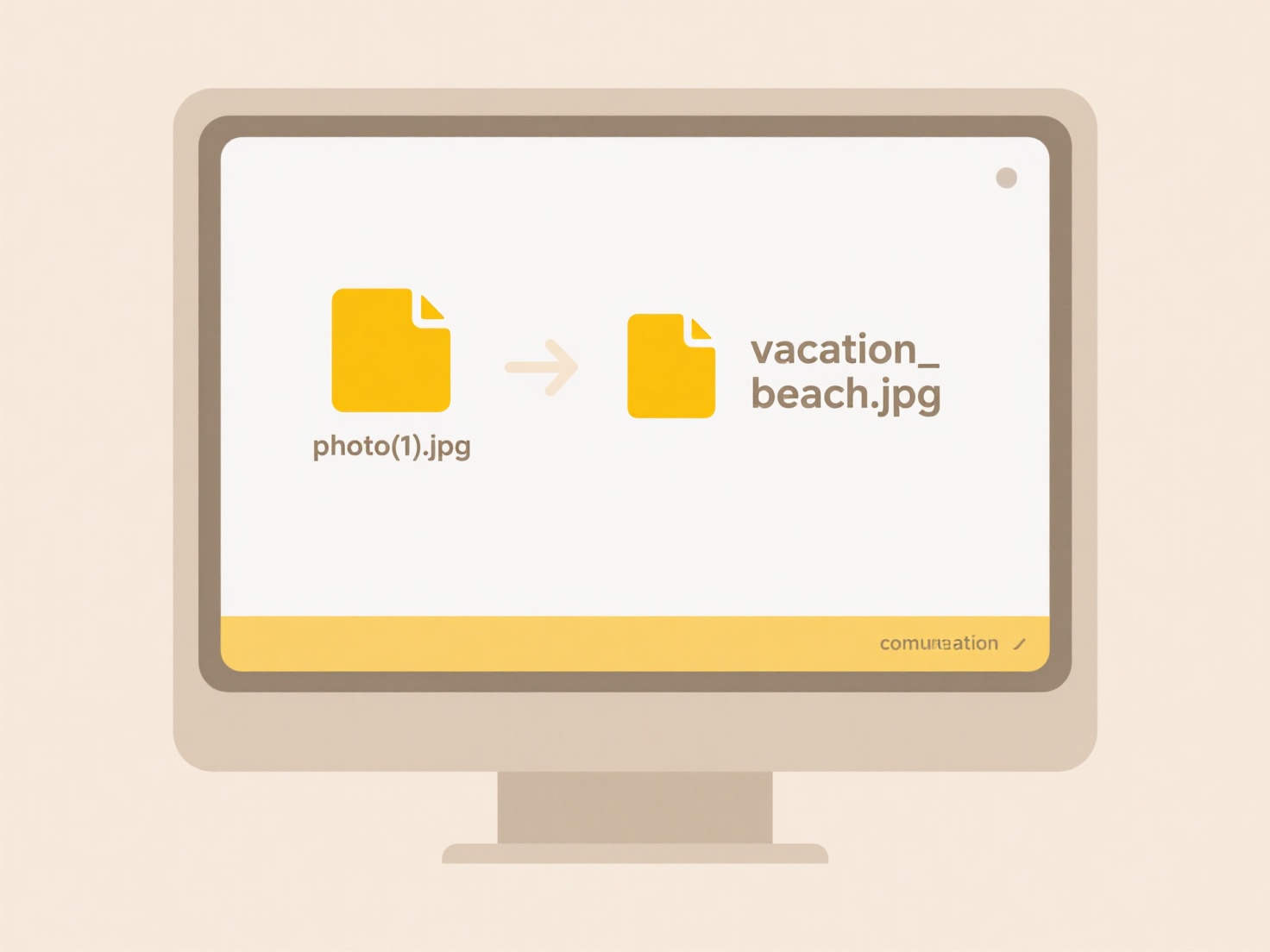
Optical Character Recognition (OCR) is a technology that converts images of text, like those in scanned documents or photographs, into machine-readable and searchable digital text. It works by analyzing the shapes of characters within the image and translating them into actual text characters that computers can understand and process. This fundamentally transforms static image files (e.g., PDFs of scanned pages) into documents where you can locate specific words or phrases using standard search functions, which isn't possible in the raw image alone.

You can absolutely use OCR to search scanned documents. For instance, a lawyer might scan decades of case files into PDFs. Applying OCR makes every scanned page searchable, allowing them to instantly find all documents mentioning a specific client name or legal precedent using their PDF viewer's search box. Businesses commonly use this to digitize paper invoices or contracts stored in document management systems like SharePoint, enabling quick retrieval based on vendor names, invoice numbers, or dates listed within the scanned pages.
The primary advantage is vastly improved efficiency in accessing information trapped in non-searchable scans. However, OCR accuracy isn't perfect and depends on scan quality, font clarity, and original document condition; smudges, handwriting, or poor contrast can lead to errors, potentially causing missed search results. Despite this limitation, robust OCR integrated into document scanning workflows and modern platforms makes searching scanned content a standard, invaluable capability driving productivity and accessibility.
Can I search scanned documents using OCR?
Optical Character Recognition (OCR) is a technology that converts images of text, like those in scanned documents or photographs, into machine-readable and searchable digital text. It works by analyzing the shapes of characters within the image and translating them into actual text characters that computers can understand and process. This fundamentally transforms static image files (e.g., PDFs of scanned pages) into documents where you can locate specific words or phrases using standard search functions, which isn't possible in the raw image alone.

You can absolutely use OCR to search scanned documents. For instance, a lawyer might scan decades of case files into PDFs. Applying OCR makes every scanned page searchable, allowing them to instantly find all documents mentioning a specific client name or legal precedent using their PDF viewer's search box. Businesses commonly use this to digitize paper invoices or contracts stored in document management systems like SharePoint, enabling quick retrieval based on vendor names, invoice numbers, or dates listed within the scanned pages.
The primary advantage is vastly improved efficiency in accessing information trapped in non-searchable scans. However, OCR accuracy isn't perfect and depends on scan quality, font clarity, and original document condition; smudges, handwriting, or poor contrast can lead to errors, potentially causing missed search results. Despite this limitation, robust OCR integrated into document scanning workflows and modern platforms makes searching scanned content a standard, invaluable capability driving productivity and accessibility.
Related Recommendations
Quick Article Links
Why does saving overwrite my previous version?
Saving typically overwrites your previous file version because the system assumes you want the latest changes to become ...
Can I create a shared drive with predefined permissions?
A shared drive allows multiple users to access and collaborate on a centralized storage location for files and folders. ...
How do I export to HTML or Markdown?
Exporting to HTML or Markdown converts content into web-compatible formats. HTML (HyperText Markup Language) structures ...